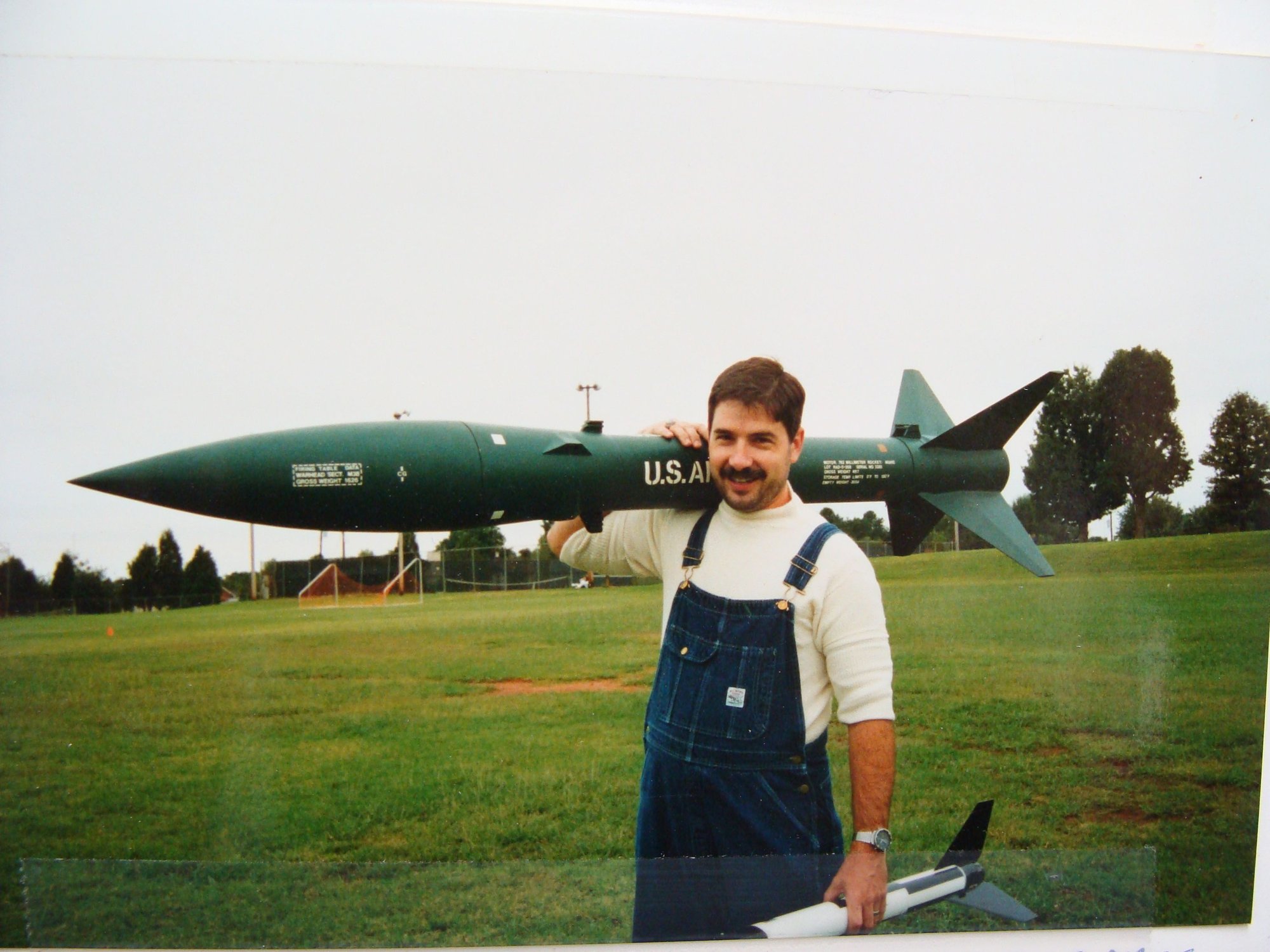beginner rockets
#1
I am new to model rockets. Three weeks back I launched a rocket with an A8-0 engine and it went up and away - never came back. Hence my post - what is the smallest rocket I can launch and retrieve?
#2
Did you have a recovery system? Parachute or streamer? The A8-0 is a multi-stage engine with no recovery charge.
1/2A3-2 is likely the smallest.
How large is the field you are launching from?
1/2A3-2 is likely the smallest.
How large is the field you are launching from?
#3
Yes, I had a parachute but lost it all when my rocket went away! The field size = size of a football field + baseball pitch, so fairly big but guess not big enough. Hence, want to try with the smallest rocket, so I can recover it with a parachute.
#4
The engine you used burned up your parachute as it was designed to ignite the next stage in a multi-stage rocket. You need one with a delay charge to "pop" the nose off. Like an A8-3.
Three seconds into the flight it has a charge to deploy the nose.
Three seconds into the flight it has a charge to deploy the nose.
#7

My Feedback: (1)
Every letter is double the total impulse of the letter before it. Example: your A8-0 has a total impulse of 2.5 Newton-seconds, the average thrust is 8 Newton-seconds, and it has no ejection charge. How can an engine with a total impulse of 2.5 Newton-seconds have an average thrust of 8 Newton-seconds?. Divide the average thrust into the total impulse (2.5/8) and you get a result of 0.3125, which is the thrust duration, or the length of time the engine burns, in seconds. The last number can be from 2 to about 10-15 seconds, depending on the total impulse of the motor. a "0" in the last position of the code indicates no ejection charge. Black powder motors with a '0" burn straight through, designed to ignite an upper stage motor. They will also melt a parachute if one is there.
A "B" will have 5 Newton-seconds (shortened to Newtons), a "C" will have 10, a "D" will have 20, and so on.
What is a Newton-second?
how many pound feet in a newton second - Search (bing.com)
Your rocket should be fine in a field the size of what you describe, as long as you launch vertically and have little to no wind drift. As the weight of the rocket increases, a given motor will give less performance, so a heavy rocket won't fly as high as a light one, using the same engine. A low thrust engine will burn longer than a higher thrust engine of the same total impulse. As the total impulse climbs in the higher letters, an engine may not make the full potential of the next letter, so it is called a "partial" whatever letter it is assigned.
Without knowing what rocket you launched, I'd guess anything from a streamer to a 12" parachute would be enough in your situation.
In the late 1980's and into about 1993, I flew high power rockets, this was before you had to certify at different levels. My highest power engine I used was a full "L", and I got a bit over 8500 feet with a 1/4 scale Honest John that I scratch built. It used a 48" parachute, and took almost 5 minutes from ejection to touchdown, and drifted 1/2 mile from the launch site, into a soybean field. Our launch site was about 3/4 square mile of open pasture and crop land, in eastern NC.


Last edited by khodges; 09-02-2022 at 02:03 PM.
The following users liked this post:
Cecil Webb (09-17-2022)
#8
Thanks for the detailed instructions. Just wonder- item 10 mentions to fold in 1 or 2 places, is this really useful? Wouldn't more folds cause problems with p'chute opening? I have had 1 failure where p'chute failed to open. Is there a method that is more forgiving as far as p'chute opening is concerned?
#9

My Feedback: (1)
Thanks for the detailed instructions. Just wonder- item 10 mentions to fold in 1 or 2 places, is this really useful? Wouldn't more folds cause problems with p'chute opening? I have had 1 failure where p'chute failed to open. Is there a method that is more forgiving as far as p'chute opening is concerned?






